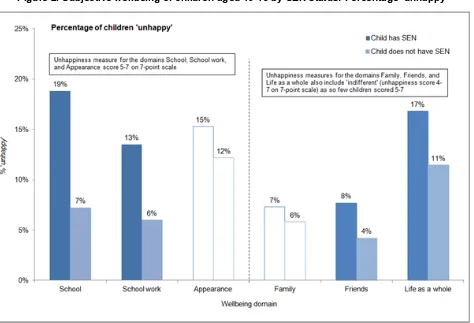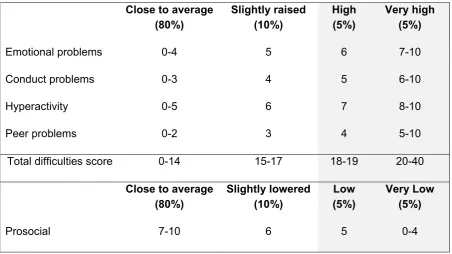The wellbeing of secondary school pupils with special educaitonal needs
Full text
Figure




Related documents
The main focus of the EYTSEN study has been the identification of young children who may be seen as ‘at risk’ of SEN on the basis of lower cognitive scores
Objective: To identify the special needs of children with type 1 diabetes at primary school taking into account the perceptions reported by parents, children, and teachers..
It can be assumed that a national-wide character survey will bring suggestions for improving the inclusive education of pre-school children with SEN (e.g. in the form of
From the findings, the emerging recommendations include; parents and teachers dealing with pupils who stammer should identify stammering characteristics in children
The SEN Code of Practice (DfES, 2001) and the Special Educational Needs and Disability Act (HMSO, 2001) sought to convey a clearer notion of entitlement for children with the label
Pearson ‘r’ was used to ascertain the relationship between Adversity Quotient and Defense Mechanism and ‘t’ test was used to find out differences between the AQ level of boys
The second study (the MAST project) involved systematic observations of 48 pupils with Special Educational Needs (SEN) and control comparison pupils in the context of primary
Nowicki (2003) aimed to identify the social experiences of children with Learning Difficulties (LD) in mainstream provisions. These included concepts such as: peer





